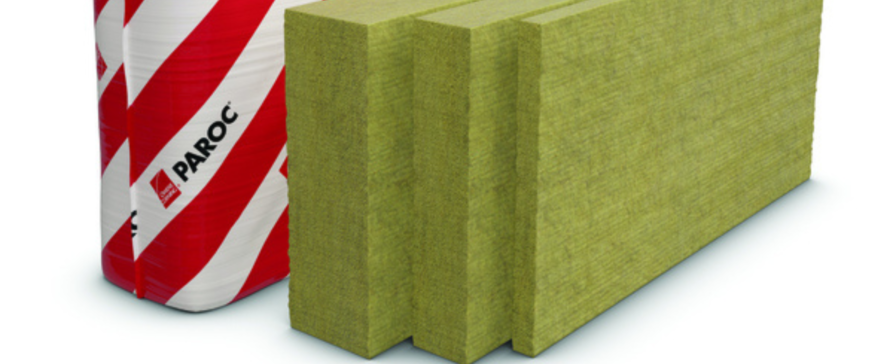Send us your feedback
Here you can send us feedback on the Maxess-website. Please describe the problem or what’s missing in a clear way, and on what page you found the issue. Thank you so much for your help!
MAXESS is a joint access point for industry to the large-scale research infrastructures MAX IV, ESS, DESY, and the associated networks.

Improved packaging products using X-ray scattering techniques
Most polymer-based packaging opening devices are produced by injection moulding. The packaging company Tetra Pak and Chalmers University used small- and wide-angle X-ray scattering (SAXS/WAXS) to learn more about injection moulding processes and improve the properties and composition of opening devices.

Increasing paperboard durability using neutron imaging
Cellulose-based paperboard is a renewable, recyclable, and durable packaging material. Scientists from the packaging provider company, BillerudKorsnäs, and researchers from Lund University have used neutron imaging to explore ways to make this material better resist water. Bridging knowledge gaps with neutron imaging Paperboard is one of our most widely used packaging materials for packaging food and beverage products, including juices, milk, and cereal. The packages are […]
Warning: Trying to access array offset on value of type bool in /www/webvol16/wa/cwhoytya3zsx7gy/maxess.se/public_html/wp-content/themes/MAXESS/template-startsida.php on line 553
Warning: Attempt to read property "slug" on null in /www/webvol16/wa/cwhoytya3zsx7gy/maxess.se/public_html/wp-content/themes/MAXESS/template-startsida.php on line 553

XANES provided insights on mixing recycled material
Stone wool is an insulation material made from melted natural stone. The stone wool company Paroc AB wanted to gain deeper insights into how the iron in stone wool products can be affected by mixing recycled material containing a polyvalent element and chose to use X-ray absorption spectroscopy in collaboration with RISE and MAX IV. The popular insulation material stone wool is made from natural […]



